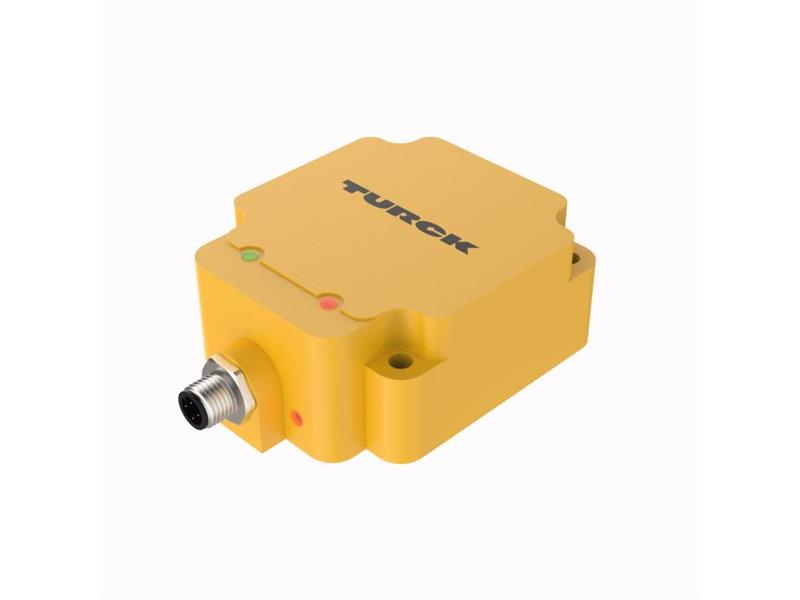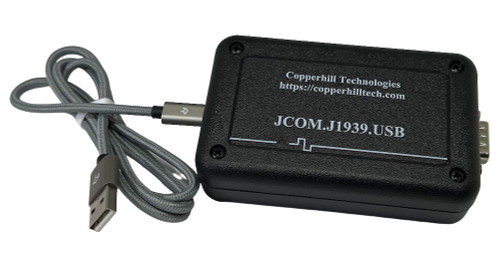Recent Posts
Smarter Sensing: Turck’s SAE J1939 Radar Innovation for Mobile Equipment
Posted by on

The MR15-Q80 radar scanner by Turck represents a significant advancement in radar technology for mobile machinery, offering enhanced object detection and collision avoidance capabilities. Unlike traditional radar sensors that provide only one-dimensional distance measurements, the MR15-Q80 delivers genuine three-dimensional (3D) data, improving the mapping of objects and spaces. Its robust design can withstand shocks of up to 100 g, making it particularly suitable for applications involving forklifts and automated guided vehicles (AGVs).
Radar technology has evolved beyond its initial association with speed measurement. Since the 2000s, it has been integrated into road vehicles for functions such as active adaptive cruise control (ACC), where radars determine the distance to preceding cars and their speed. In recent years, radar sensors have gained popularity in industrial automation, especially in level and conventional distance measurement, offering advantages over ultrasonic, optical sensors, or media-contacting technologies in various applications.
The MR15-Q80 utilizes a 60 GHz multi-antenna radar chip within an IP69K-rated housing. This configuration allows the sensor to analyze the actual position of objects, not just their distance. The antenna pattern and 4-GHz bandwidth contribute to a larger and fully adjustable field of view, detecting objects with an opening angle of 120 degrees horizontally and 100 degrees vertically. The sensor achieves a range of up to 15 meters, although this maximum value can vary depending on the material, angle, and surface properties of the objects.
In practical applications, the MR15-Q80 is suitable for non-safety-related tasks such as collision avoidance and object detection. For instance, in agricultural machinery like harvesters, the sensor can detect animals or foreign objects in the field due to the differing reflective properties compared to grain stalks. This capability helps prevent damage to both the foreign objects and the machinery's threshing unit. In construction sites and heavy-duty vehicle applications, the radar scanner assists in preventing collisions with other vehicles, buildings, animals, or objects by providing distance and speed values for objects on all three spatial axes. This 3D information enables the control system to understand not only where an obstacle begins but also where it ends, allowing mobile machines with arms or booms at different heights to operate more safely and efficiently.
Turck supports the integration and optimization of the MR15-Q80 radar scanner with its Turck Automation Suite (TAS) configuration and Industrial Internet of Things (IIoT) software. This toolkit facilitates the adjustment of setting signals and filters, visualizing raw data from the sensor in real-time within a web browser. Objects are displayed as points and point clouds on two graphs, representing the vertical and horizontal detection angles, aiding users in fine-tuning the sensor for specific applications.
In summary, the MR15-Q80 radar scanner by Turck offers a robust and versatile solution for enhancing object detection and collision avoidance in mobile machinery. Its 3D data capabilities, durability, and adaptability to various environmental conditions make it a valuable addition to industries relying on mobile equipment. More information...
 SAE J1939 to USB Gateway for Network Analysis
SAE J1939 to USB Gateway for Network Analysis
The SAE J1939 gateway provides a comprehensive solution for monitoring, simulating, and recording any Parameter Group Number (PGN) as specified in the SAE J1939-71 standard. Additionally, it supports the analysis of diagnostic messages in accordance with the SAE J1939-73 standard, making it a versatile tool for troubleshooting and performance optimization.
To enhance usability, the gateway is fully compatible with our free JCOM1939 Monitor software, a powerful Windows-based application designed for SAE J1939 monitoring, in-depth analysis, and ECU simulation. This software allows users to visualize real-time data, decode network traffic, and perform advanced diagnostics, making it an essential tool for engineers, developers, and technicians working with SAE J1939 systems. More Information...
 Loading... Please wait...
Loading... Please wait...
